Auricularia spp. – Wood Ears
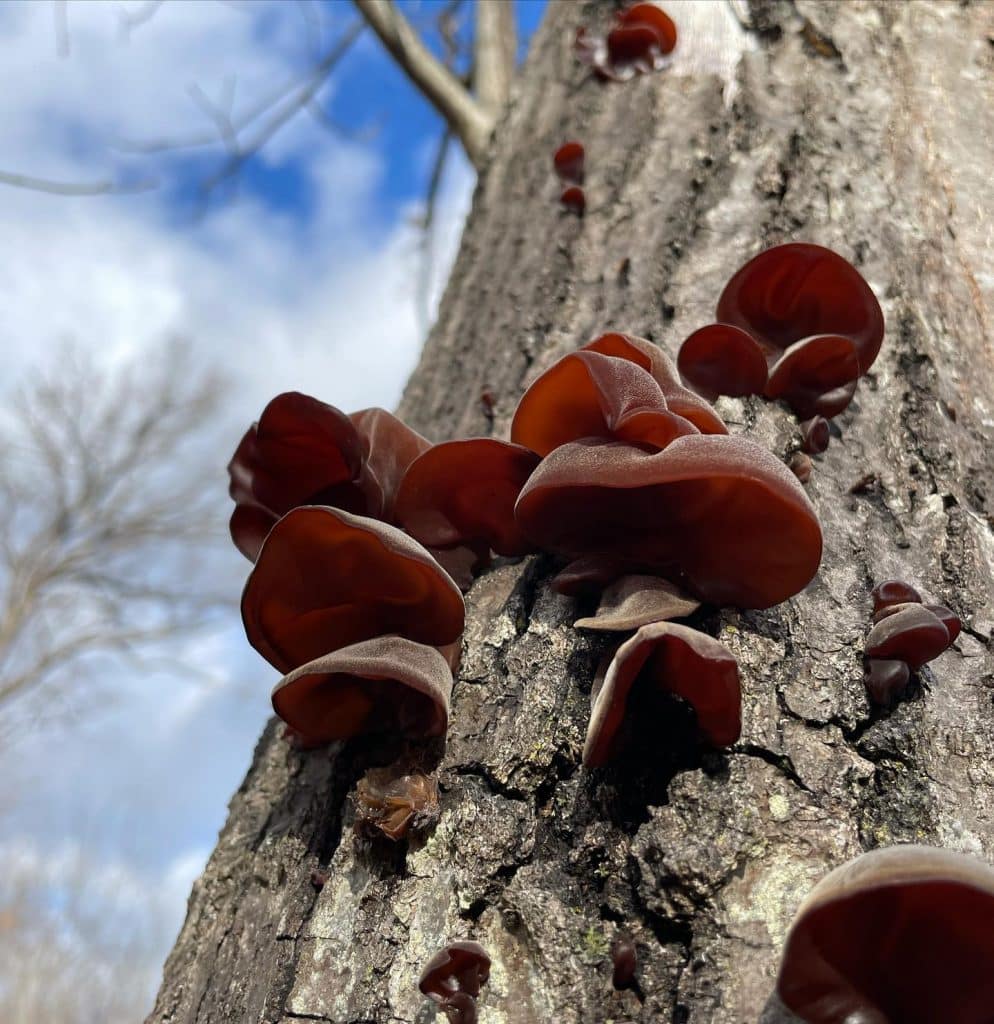
Wood ears (Auricularia spp.) are edible jelly fungi that are commonly eaten in Asia. It is best to search for them the day after a large rainfall. Wood ears prefer cooler weather but could appear any time of the year. There are two wood ear species that grow in Connecticut. Auricularia americana grows on conifers, […]
Lamiastrum galeobdolon – Yellow Archangel
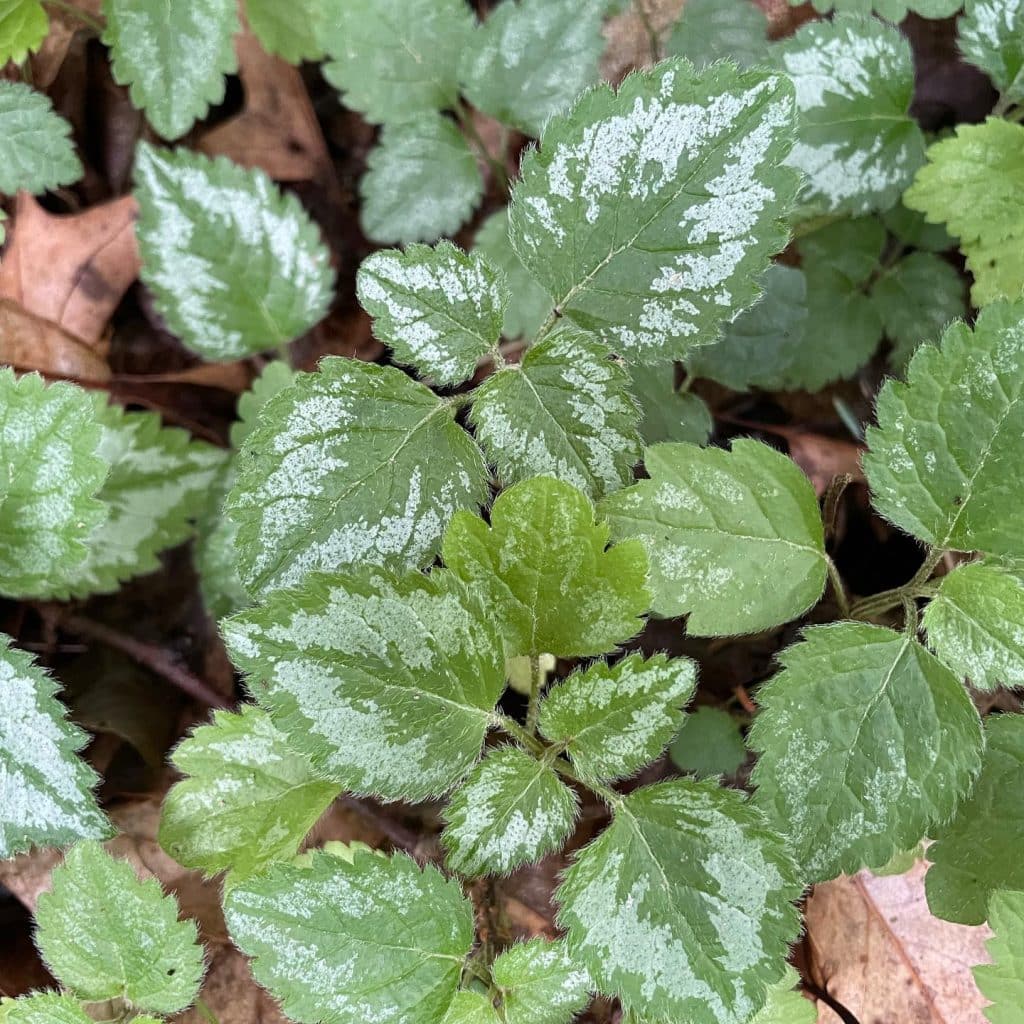
Yellow archangel (Lamiastrum galeobdolon) is an edible plant in the mint family that came from Europe. Yellow archangel is a competitive and fast-growing plant that is capable of out-competing native understory plants. Yellow archangel can be identified by its hairy, toothed leaves with silvery markings. The plant produces yellow tubular flowers April-June. The leaves have […]
Sassafras albidum – Sassafras
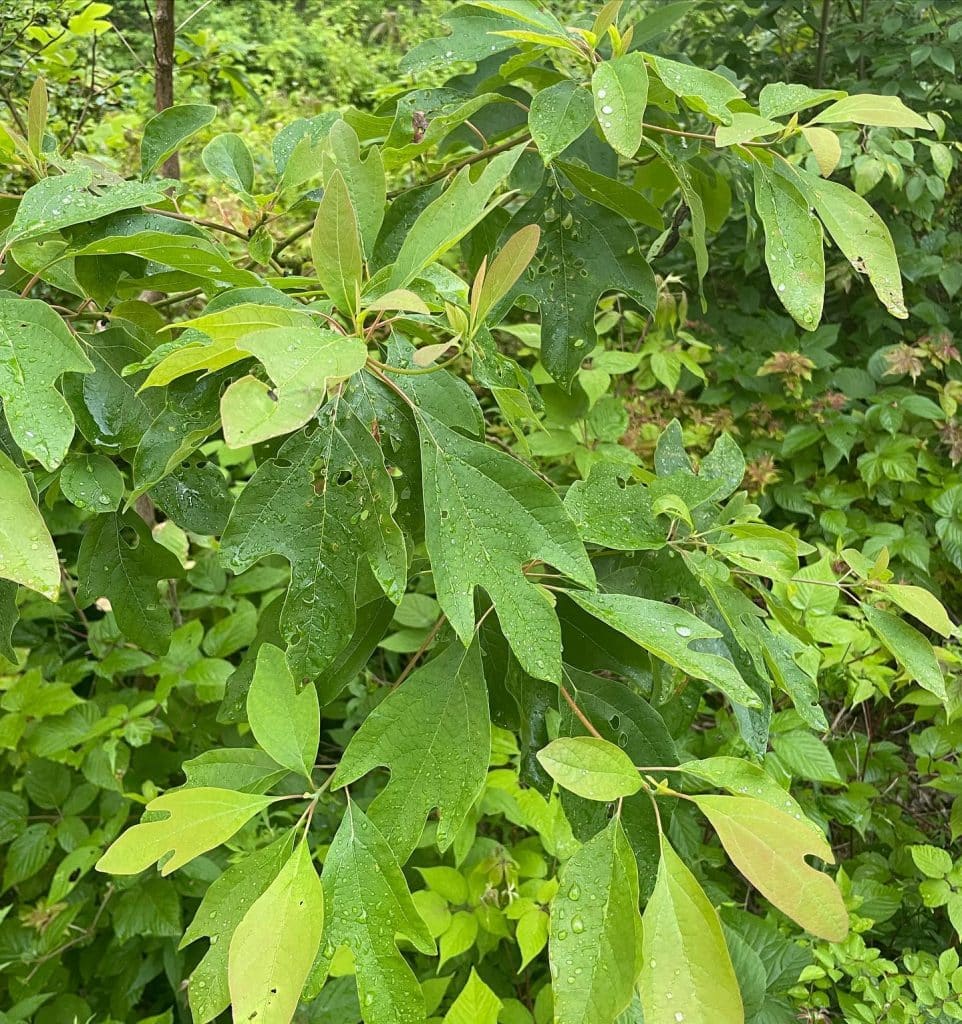
Sassafras (Sassafras albidum) is a common native tree in CT. Sassafras can be identified by having three distinct leaf patterns (one, two, and three lobed leaves). Sassafras leaves have a citrusy smell when crushed. Young sassafras leaves are edible raw. They have a mucilaginous texture and slightly lemony taste. Sassafras leaves are dried and ground […]
Boletus separans – Lilac Bolete
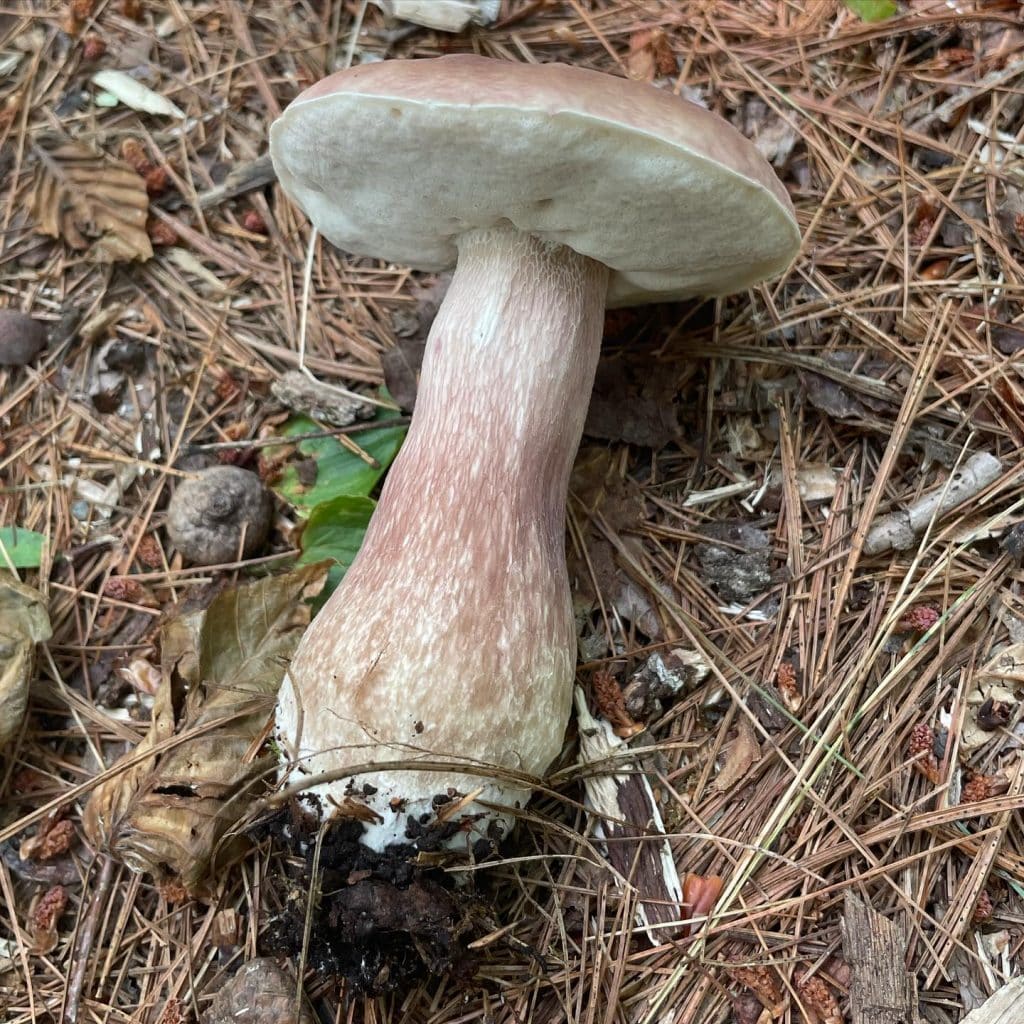
The Lilac Bolete (Boletus separans) is a choice edible mushroom related to the King Bolete (Boletus edulis). Lilac boletes can be found in eastern North America from July-September. They have a mycorrhizal relationship with hardwood trees, especially red oaks. Lilac boletes can be identified by their purplish stalk with white reticulation (netting). Cap color varies […]
Russula parvovirescens – Quilted Green Russula
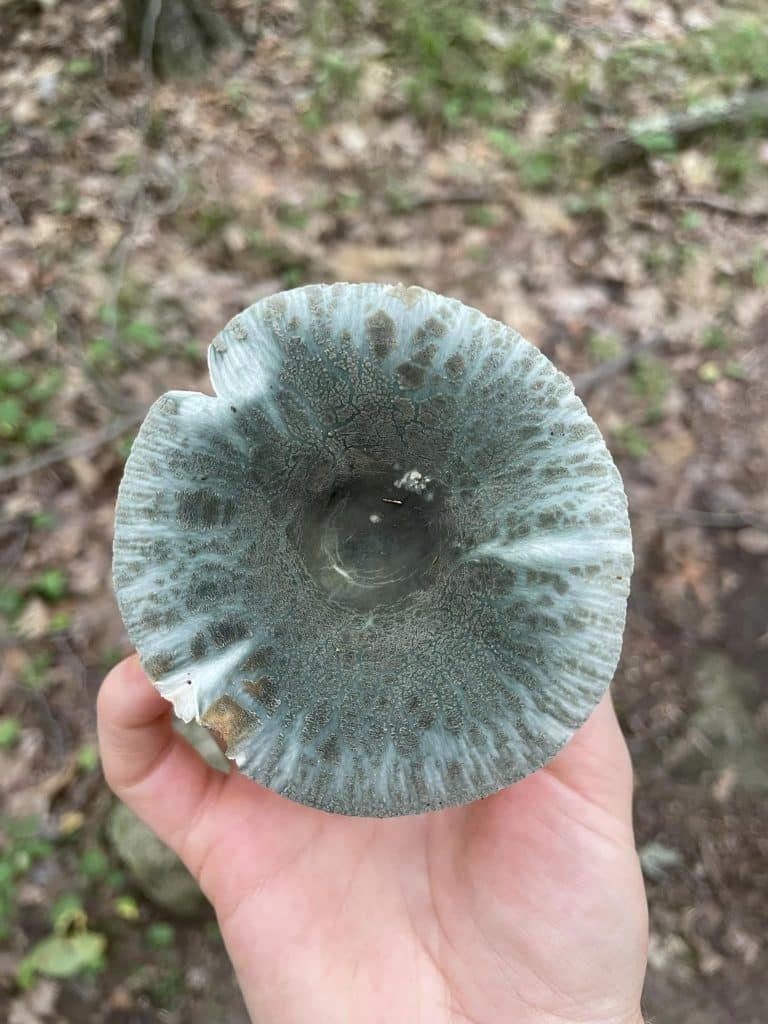
The Quilted Green Russula (Russula parvovirescens) is an edible mushroom that can be found in the Eastern United States. It was separated from the Russula virescens species in 2006. Quilted Green Russulas are found most abundantly July-August in forested areas. They are mycorrhizal with hardwood trees and occasionally conifers. It’s most commonly associated with oak […]
Carya ovata – Shagbark Hickory
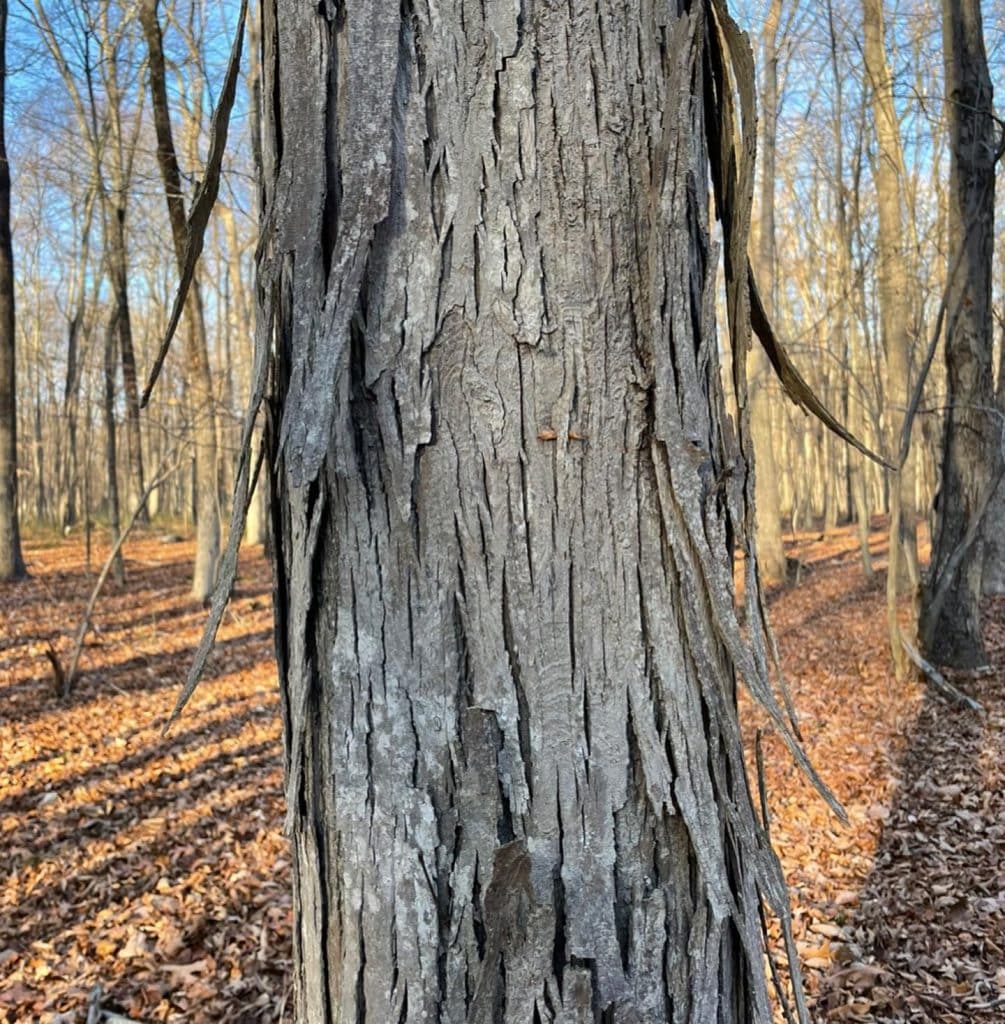
Shagbark hickory (Carya ovata) is a native tree with edible nuts and bark that can be used to make a maple syrup substitute. Shagbark hickory is one of the easiest trees to identify with its bark that peels off the tree. In the summer, the tree has leaves with five leaflets. In the fall, […]
Tilia americana – American Linden
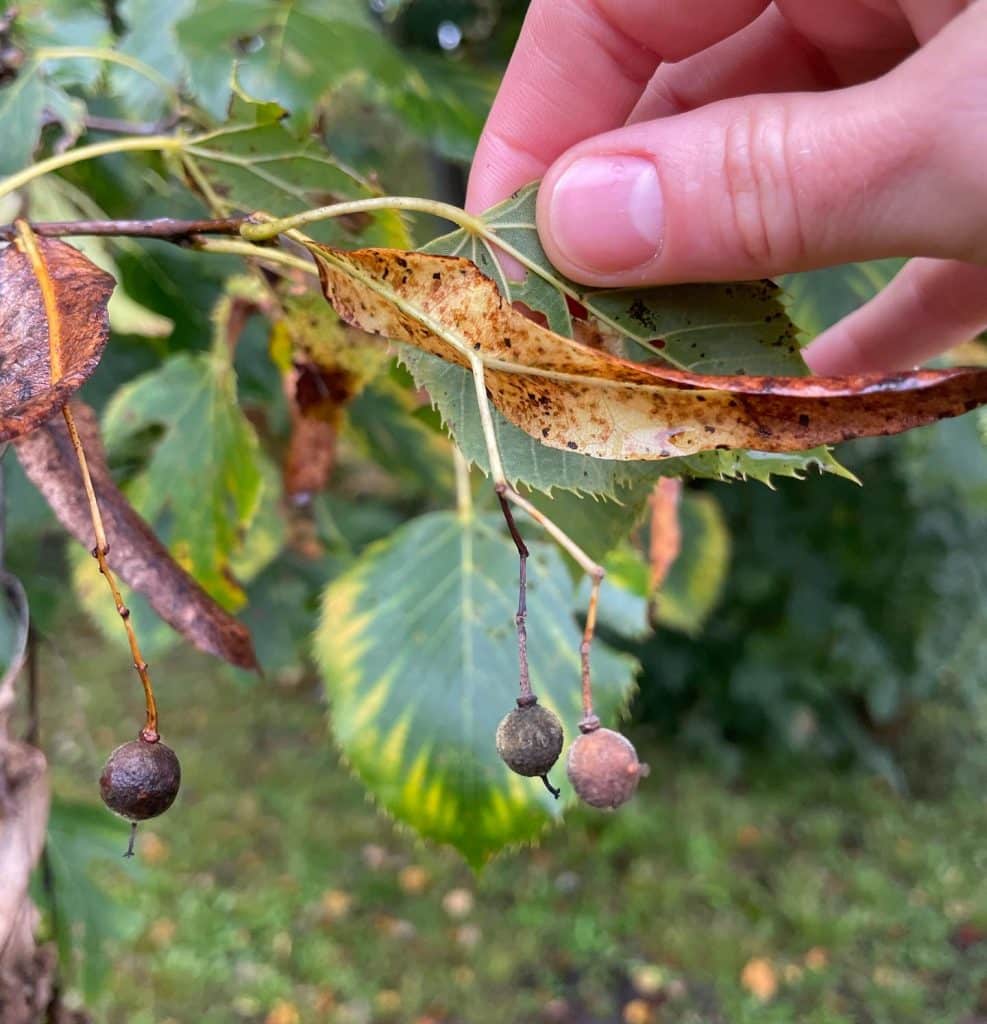
The American Linden (Tilia americana) is a native tree with edible leaves, flowers, sap, and inner bark. The American linden has finely serrated heart-shaped leaves. The flowers and seeds hang downward from elongated leafy bracts. The fragrant flowers bloom for about two weeks in the middle of the summer. American linden leaf buds can be […]
Malus spp. – Wild Apples
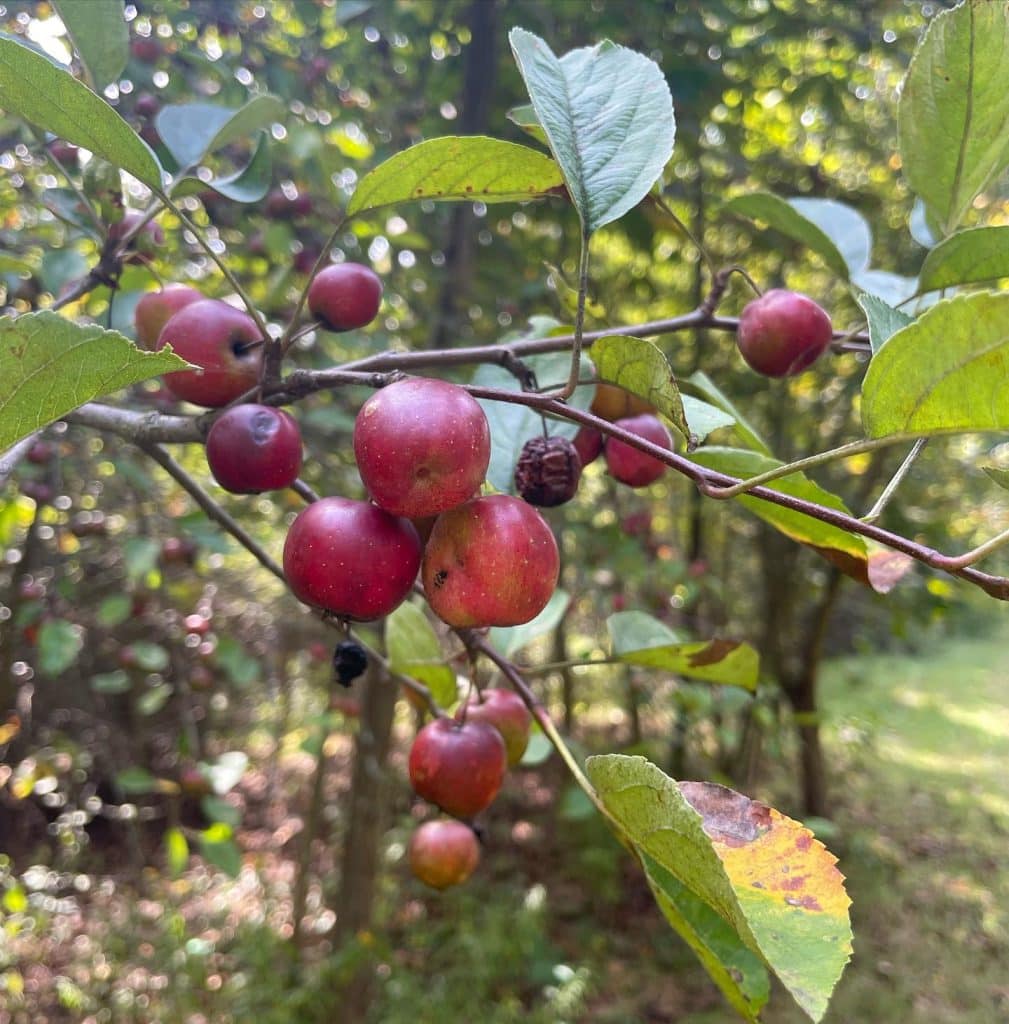
Wild Apples (Malus spp.) are apple trees that grew from seed. The apples are considered crab apples if the fruit is less than 2 inches in diameter. There are over 40 species of crab apples across the world and 4 species that are native to the United States. Two of these species can be found […]
Maianthemum racemosum – False Solomon’s Seal
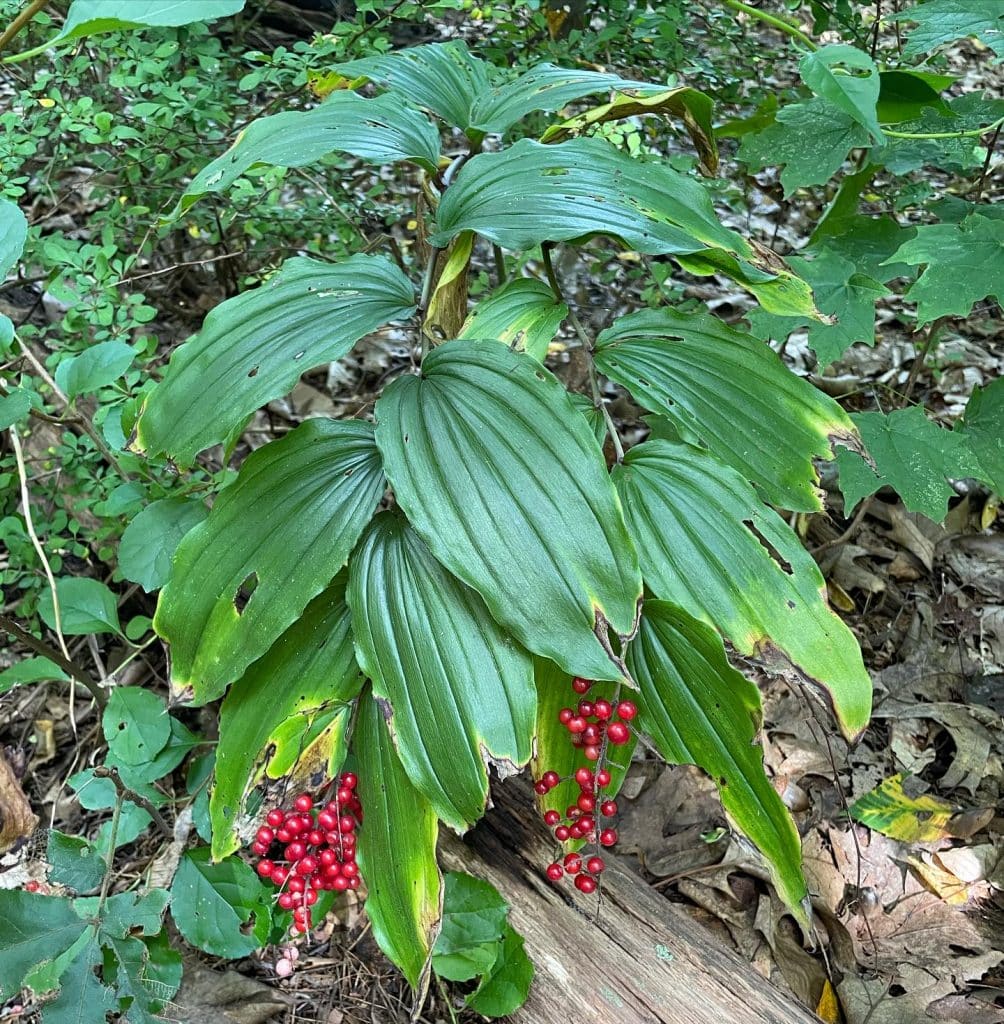
False Solomon’s Seal (Maianthemum racemosum) is a native woodland plant with edible berries. False Solomon’s seal has a long, arching stem and berries that turn bright red in late summer. It is in the Asparagus family. Berries are edible, but bittersweet. Berries should be eaten in moderation as large quantities can have a laxative effect. […]
Aronia melanocarpa – Black Chokeberries
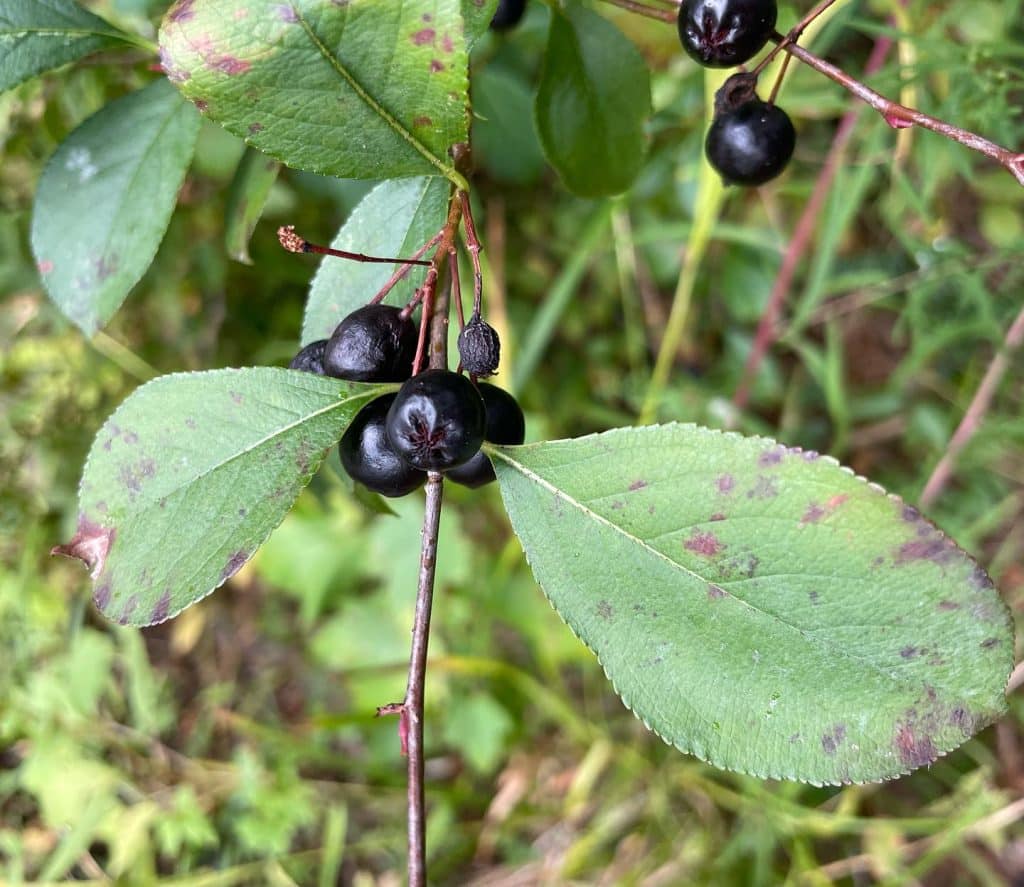
Black Chokeberries (Aronia melanocarpa) are edible, native berries that mature in early Fall. Black chokeberries can be found near swamps, bogs, and lakes. They prefer wet areas. The thornless shrub is self-fertile, so you only need one plant to get berries. Each berry grows on its own stem, in clusters of 2-20 berries. Leaves […]
Maianthemum canadense – Canada Mayflower
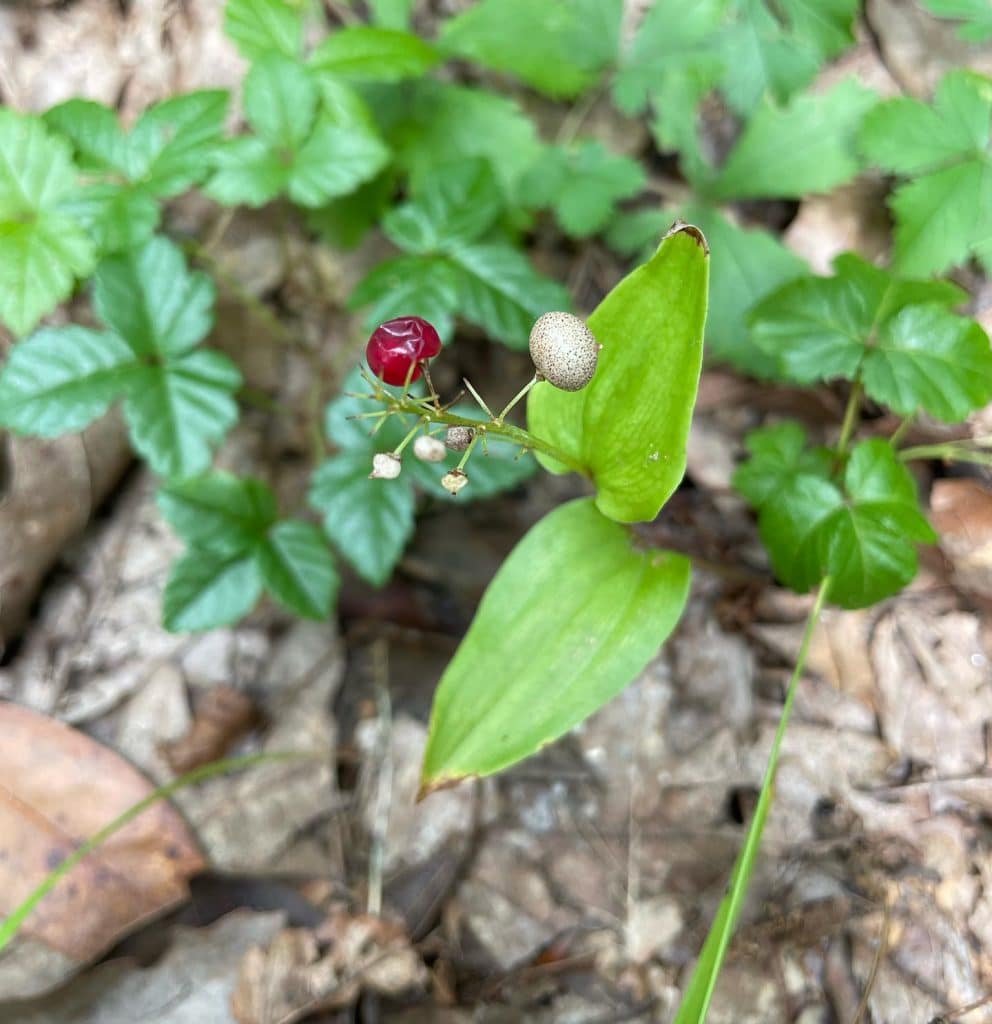
Canada Mayflower (Maianthemum canadense) is a native plant that can be found on forest floors. Canada mayflower has 1-3 shiny dark green leaves. The plant is less than 6 inches tall. In the fall, the plant has small red berries that have 1-2 seeds per berry. Fully ripe berries are edible raw or cooked. They […]
Rhus glabra – Smooth Sumac
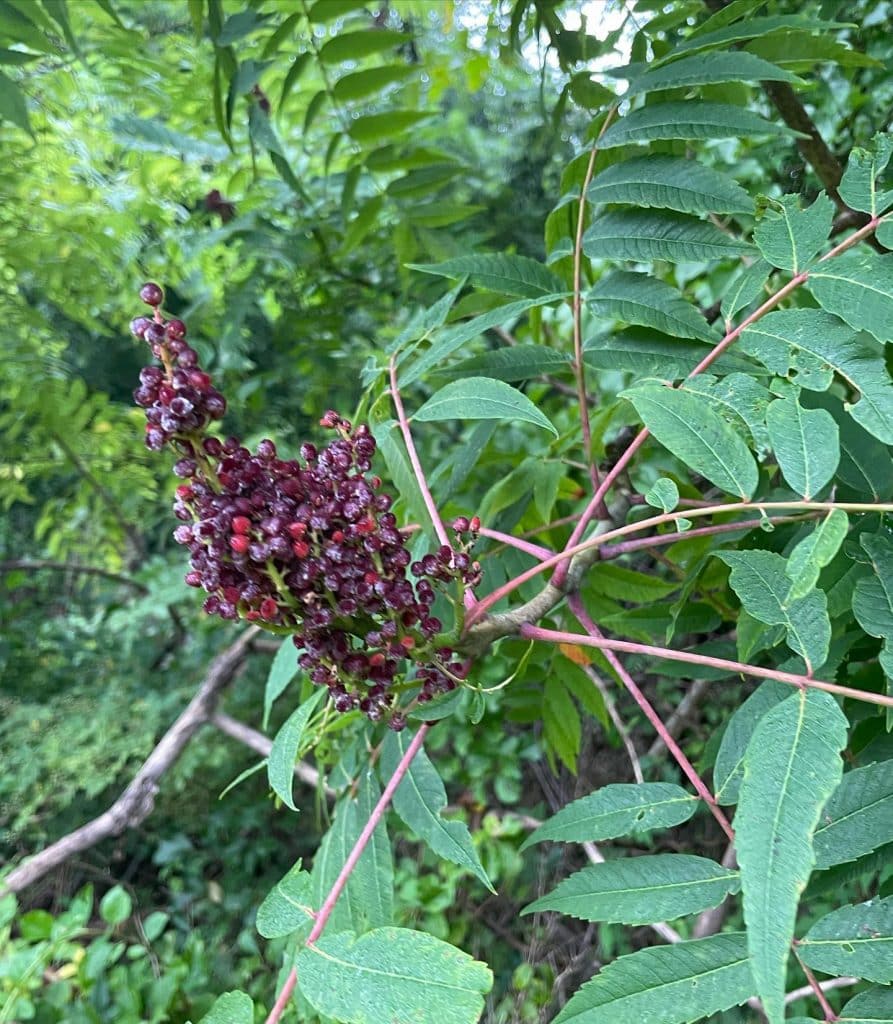
Smooth Sumac (Rhus glabra) is a native woody shrub with edible berries. Smooth sumac has 11-31 pointed leaflets per leaf. Female plants will produce upright berry clusters, or drupes, that ripen to a dark red color in late summer. The berries can be picked through winter. Smooth sumac can be differentiated from Staghorn sumac (Rhus […]
Sambucus canadensis – Elderberries
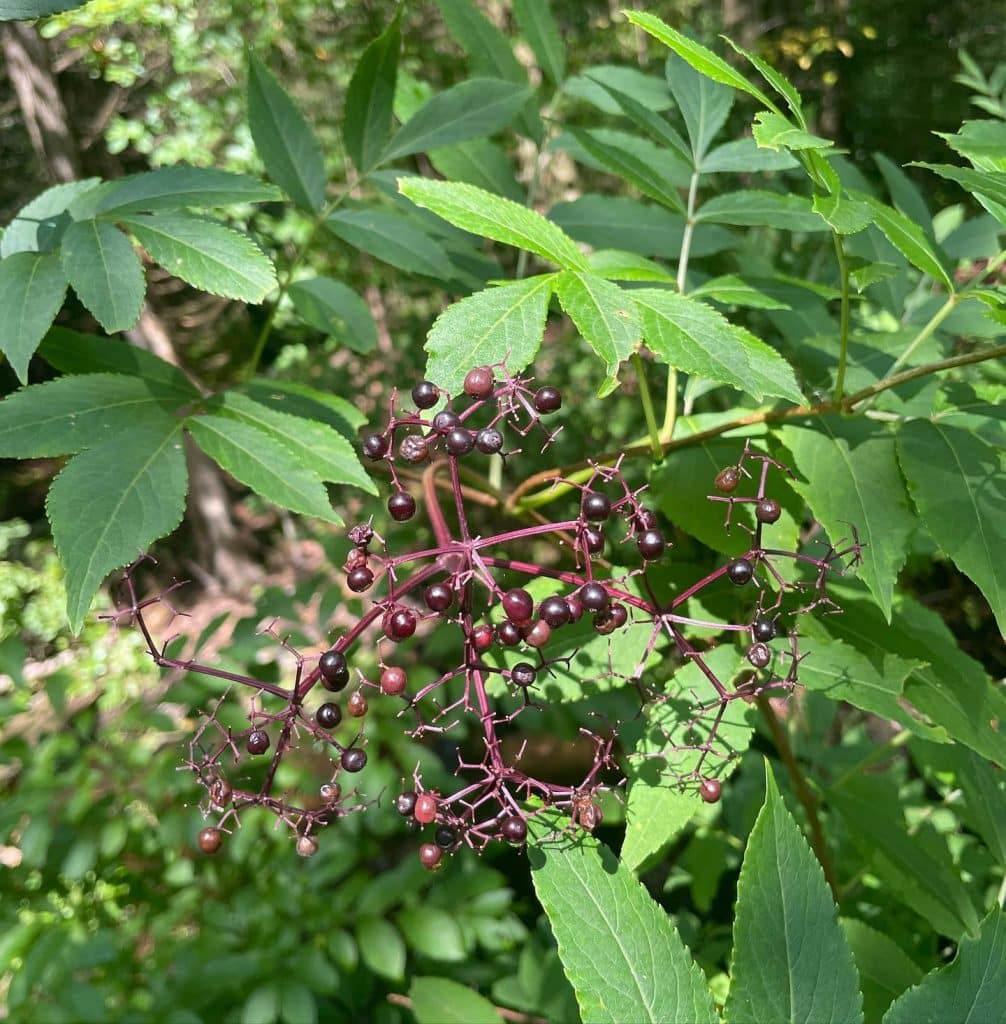
Elderberries (Sambucus canadensis) are a native woody shrub that like to grow near water. Elderberries hang down in a cluster at the end of the branch. The leaves grow in 5-11 leaflets that are opposite and serrated. Elderberry leaves and stems are toxic. Berries should be cooked, and seeds removed to avoid stomach upset. Elderberry […]
Lindera benzoin – Spicebush
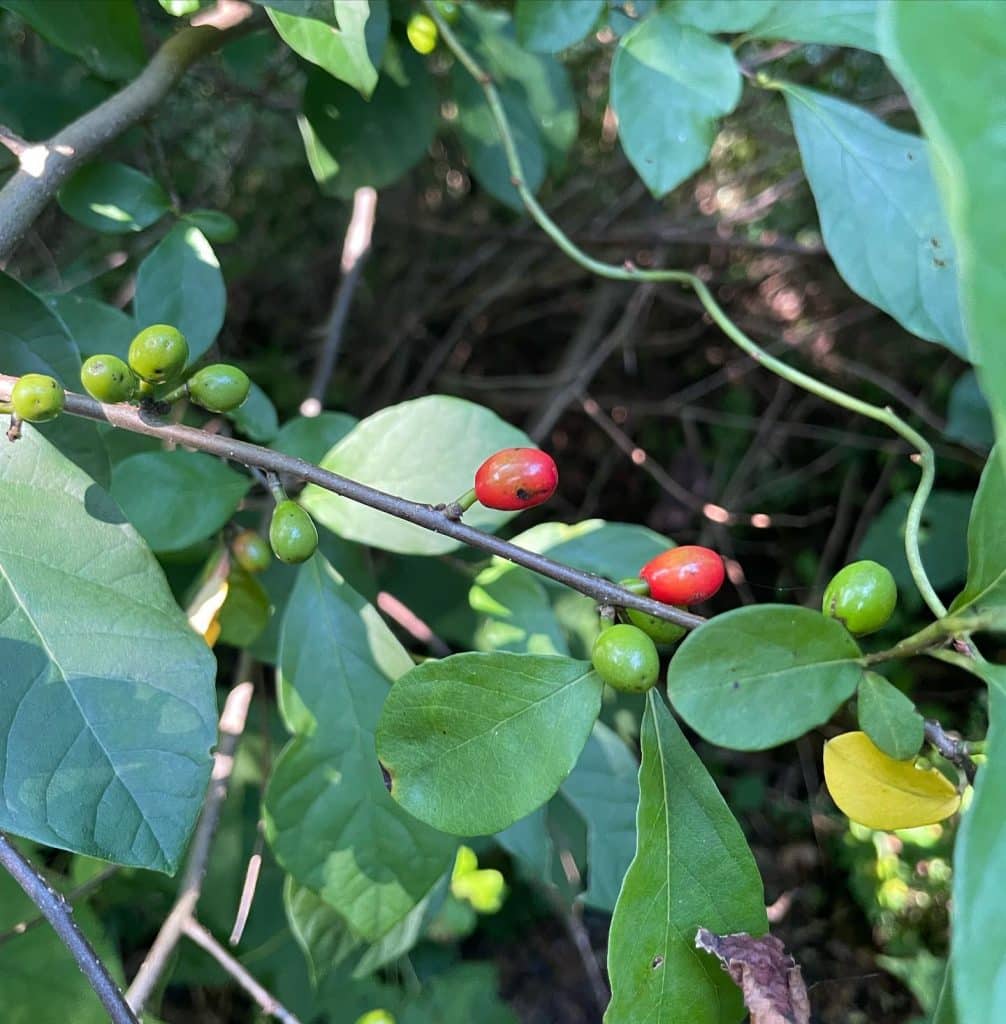
Spicebush (Lindera benzoin) is a native deciduous shrub that can be found in moist areas. Spicebush can be identified by its alternative, glossy leaves with smooth margins. The female plants produce glossy, red berries in early fall. The berries have a large seed inside. The shrub can grow up to 15 feet tall. Fruits and […]
Cornus kousa – Kousa Dogwood
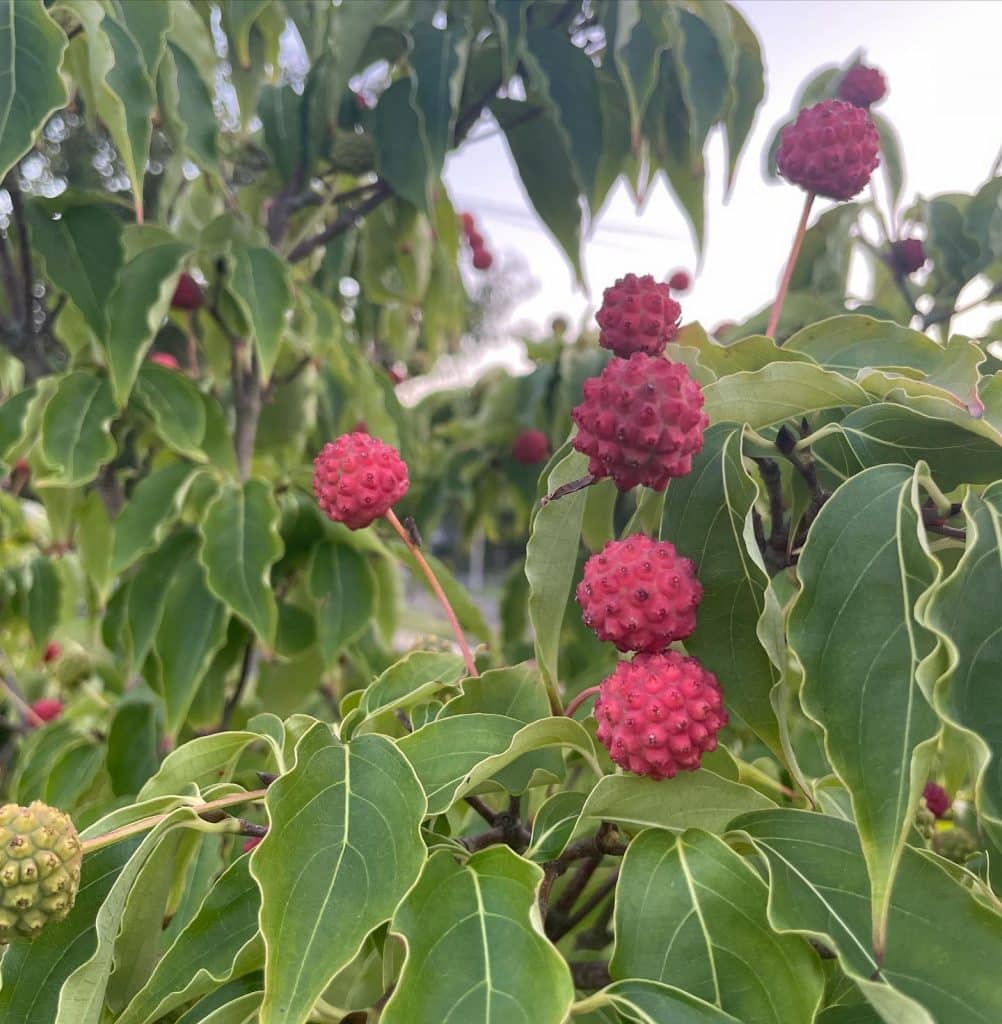
Kousa Dogwood (Cornus kousa) is a common landscape plant that is native to Japan, Korea, and China. Kousa dogwood produces edible fruits that ripen in the end of summer. The fruits are ripe when the skin is orange-red and the fruit is slightly soft to the touch and easily pulls off the tree. The fruit […]
Hibiscus syriacus – Rose of Sharon
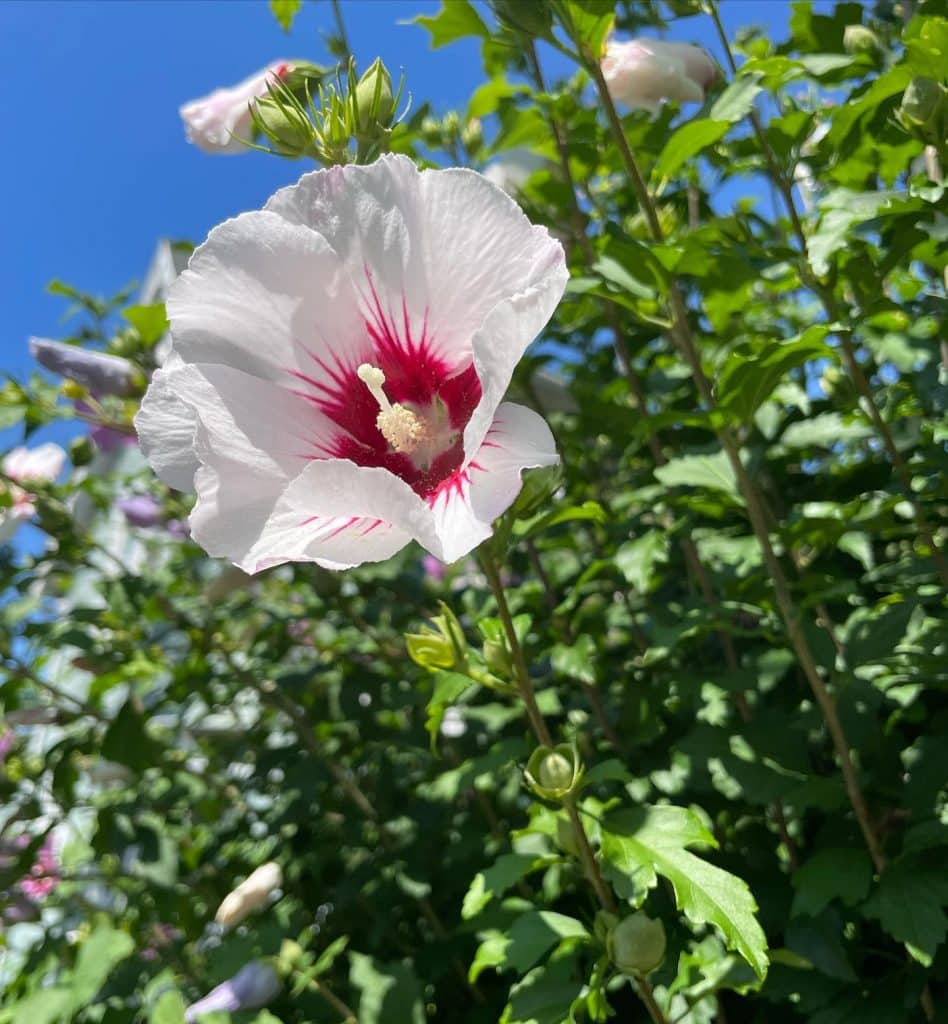
Rose of Sharon (Hibiscus syriacus) is an edible type of hibiscus that is native to Asia, but commonly planted in the United States. Rose of Sharon can be identified by its tropical-looking flowers and different shaped, asymmetrical leaves. The entire Rose of Sharon plant is edible. Leaves can be enjoyed spring-fall. The leaves taste similar […]
Rhus typhina – Staghorn sumac
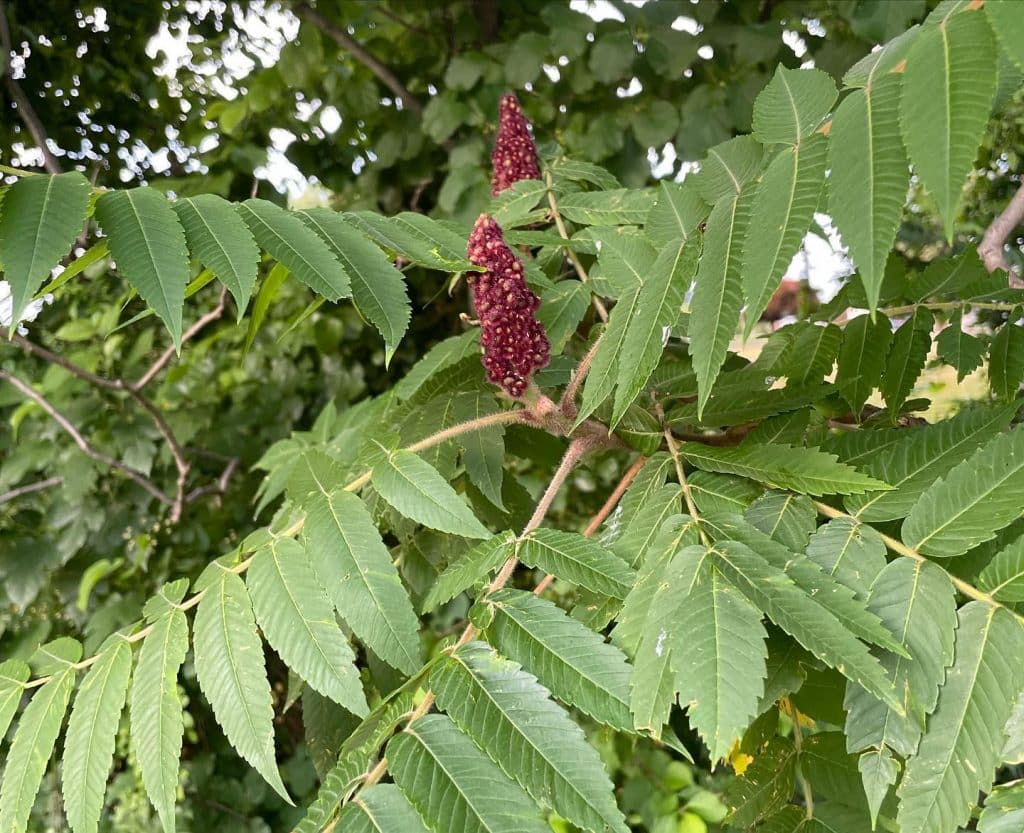
Staghorn sumac (Rhus typhina) is a native deciduous tree or shrub in the cashew family. It can be found in sunny areas, along highways, and at the edge of meadows. Staghorn sumac has alternate, compound leaves with serrated edges. The leaves turn scarlet colored in autumn. The plant produces small yellow-green flowers that turn into […]
Nyssa sylvatica – Black tupelo
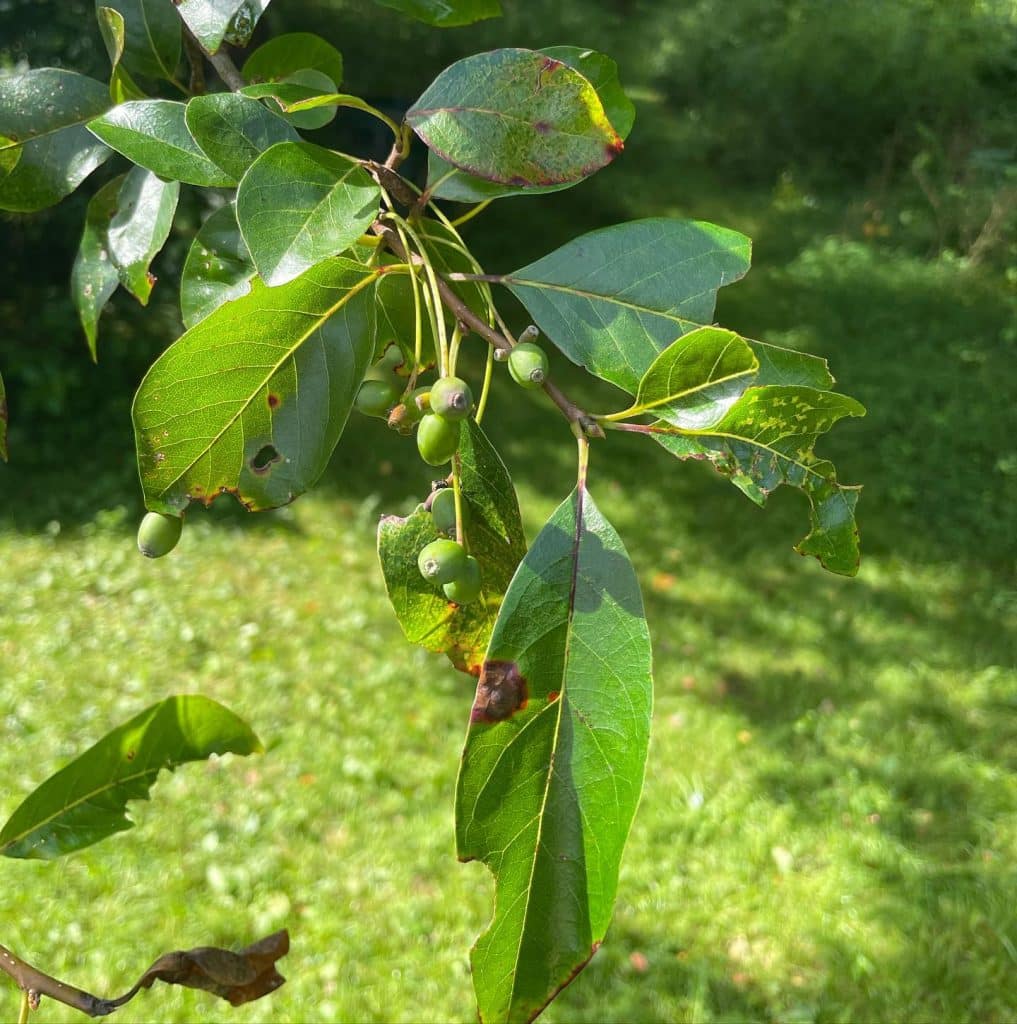
Black tupelo (Nyssa sylvatica) is a native tree that produces edible fruits in the fall. The tree can live hundreds of years and grow up to 100 feet tall. Black tupelo has alternate, single-lobed leaves that turn bright red in the fall. The branches come off the tree at a 90 degree angle. The tree […]
Apios americana – Groundnuts
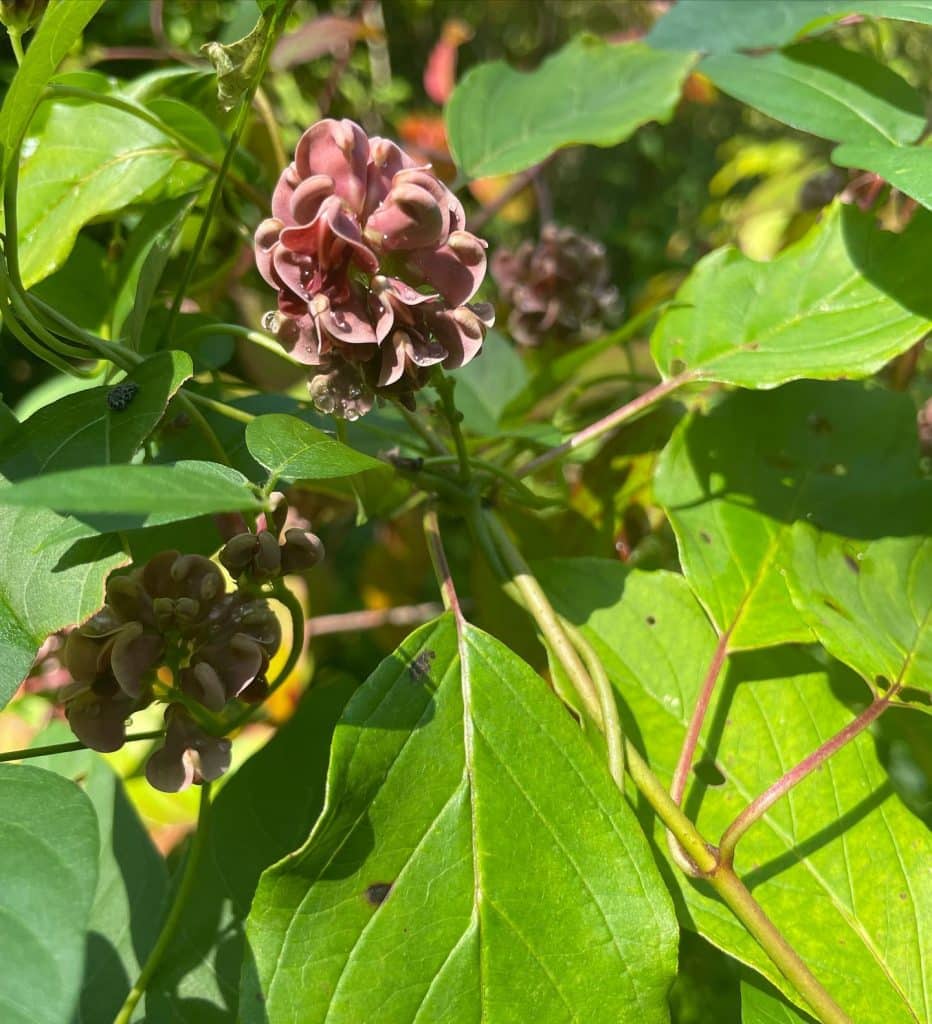
Groundnuts (Apios americana) are a native plant in the pea family that can be found in crowded wet areas. It is a climbing, thin-stemmed vine with a 2-year growth cycle. Groundnut leaves have 3-9 toothless leaflets with pointed edges. They produce edible lavender to brown colored flowers. Tubers grow in a rhizome chain a few […]
Monarda fistulosa – Wild Bergamot
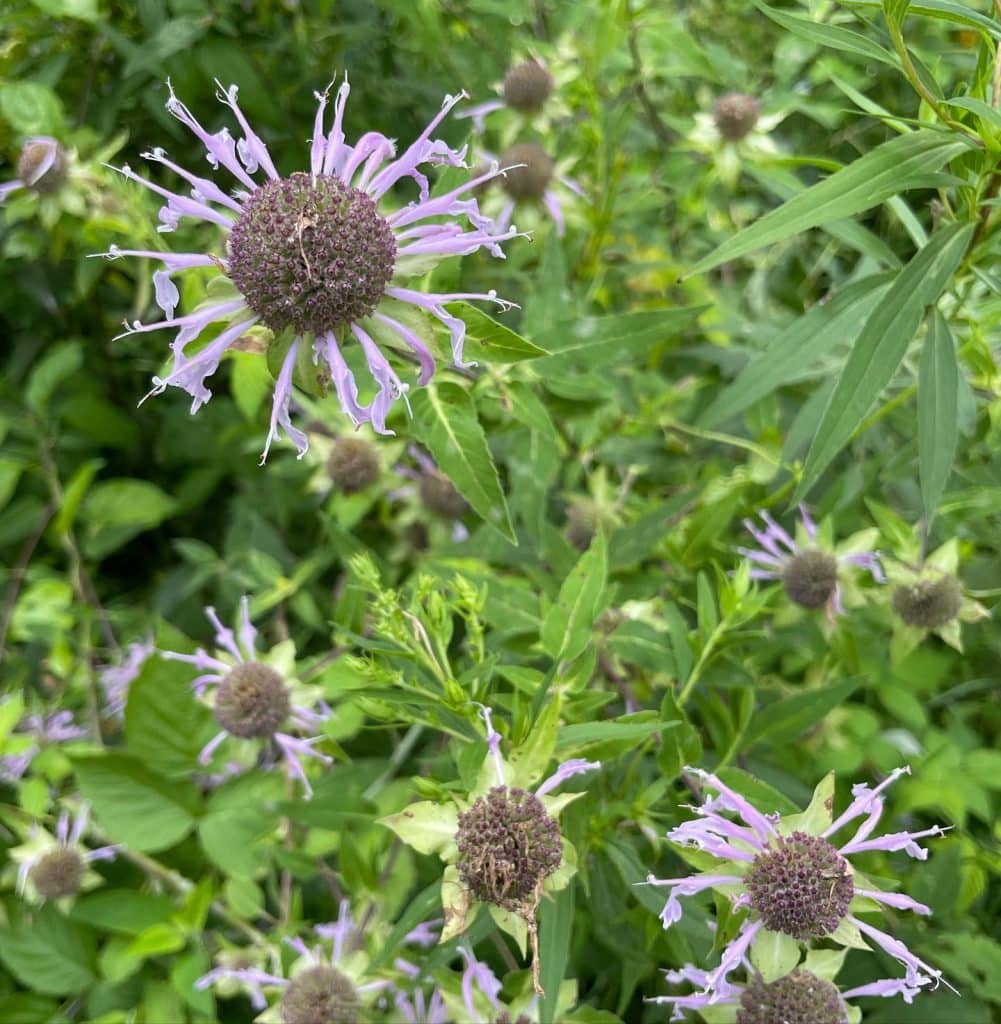
Wild Bergamot (Monarda fistulosa) is a native edible plant in the mint family. It can be found blooming in sunny areas in mid to late summer. Wild Bergamot has square stems with opposite, toothed leaves. The leaves produce an oregano-like aroma when crushed due to their thymol content. Wild Bergamot leaves, stems, and flowers are […]
